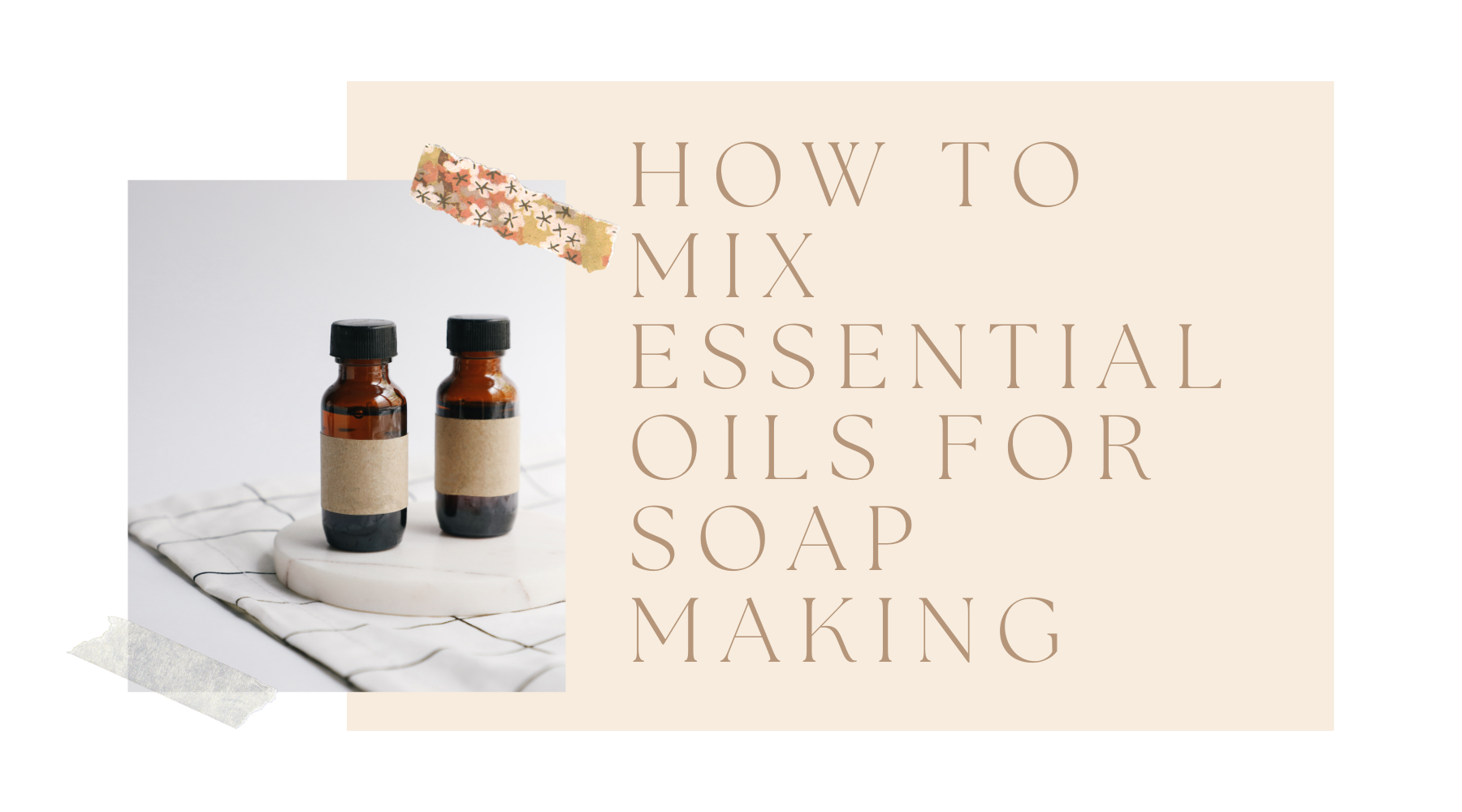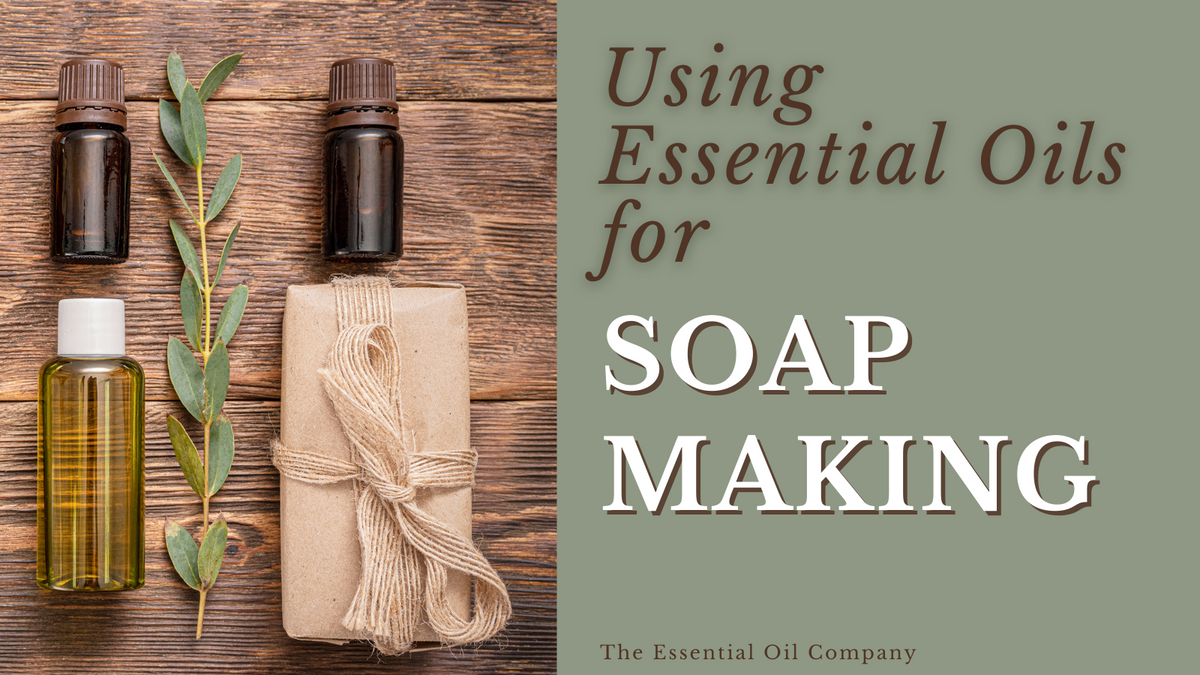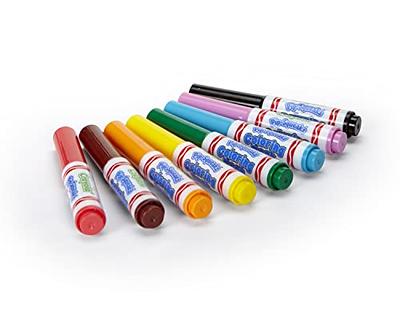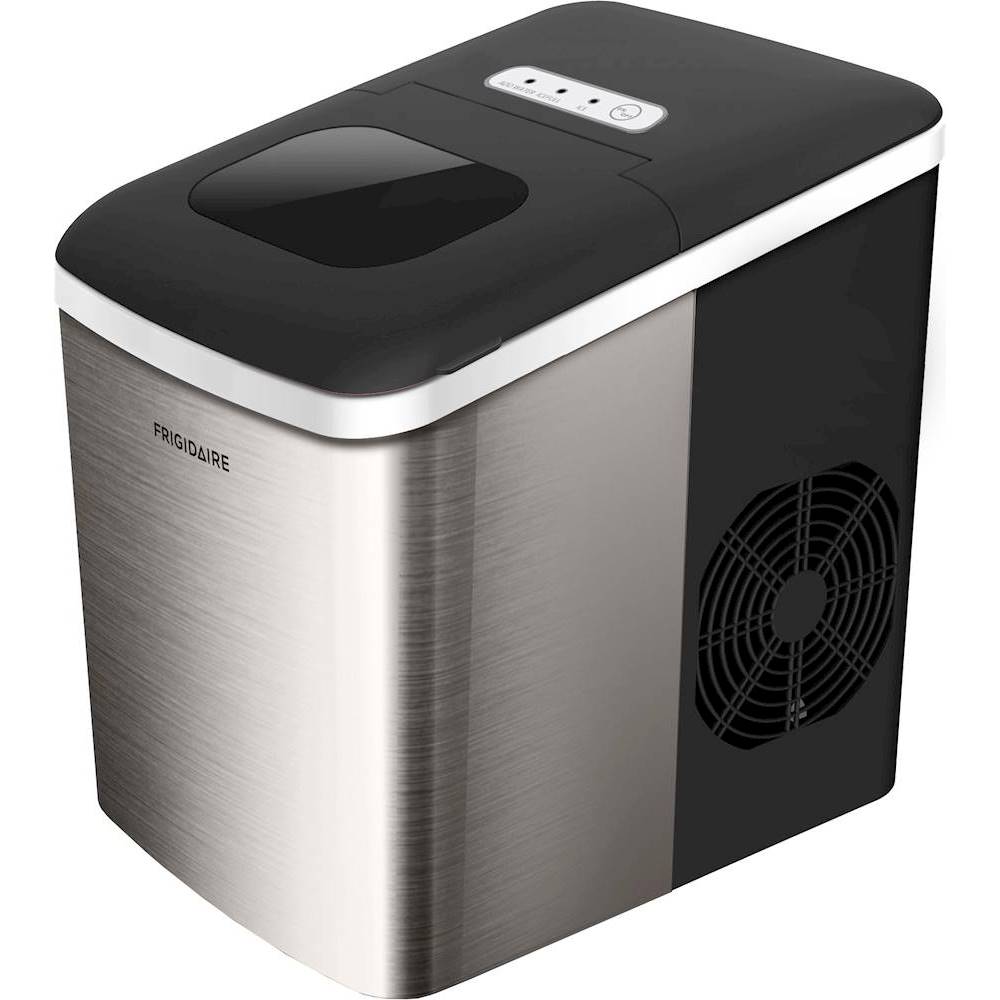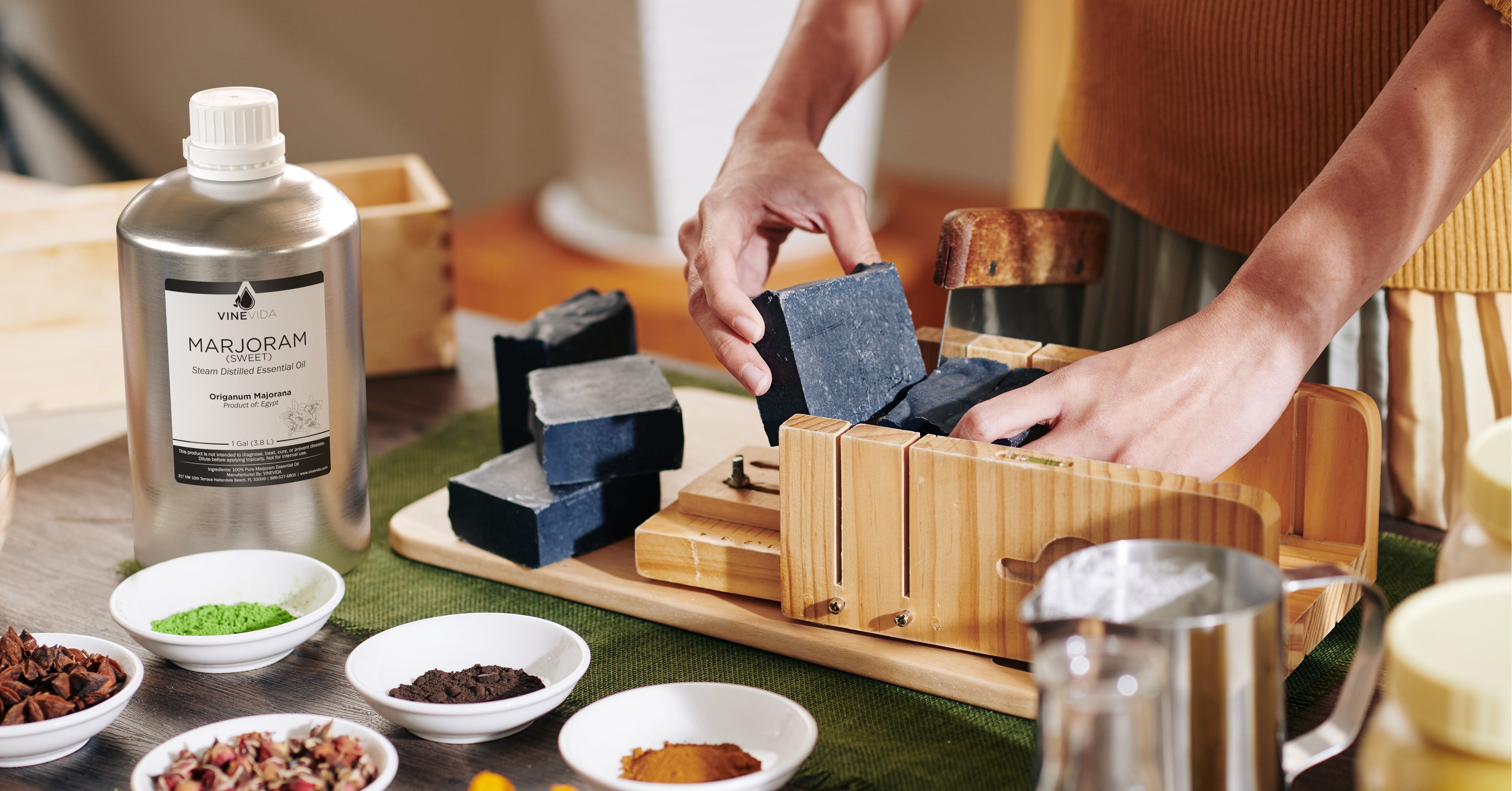
The 5 Methods of Soap Making
In terms of chemistry, we can define soap as a cleansing agent, usually consisting of a metallic salt from a fatty acid. Soap is also considered a “surfactant” which means that when added to a liquid, it will increase that liquid’s surface tension. In other words, soap makes waterwetter! There are five main methods of making soap, assuming you count liquid soap as one of them. In this article, we are going to do a quick run-down of these methods, considering both the advantages and disadvantages of each one! If you’ve already done your research and know which type of soap you want to make, click here for in-depth instructions on how to use each of these methods! Cold Process Method Hot Process Method Melt-and-Pour Method Rebatching Method Liquid Soap 1. Cold Process Soap Making This is the most common
In terms of chemistry, we can define soap as a cleansing agent, usually consisting of a metallic salt from a fatty acid. Soap is also

Soap - Wikipedia

How to pH Test Soap the Right Way & Why It Matters!

A Guide to Soap Making with Essential Oils – Healing Solutions

The Chemistry Of Soap Making

Flow diagram of soap production by bath process.
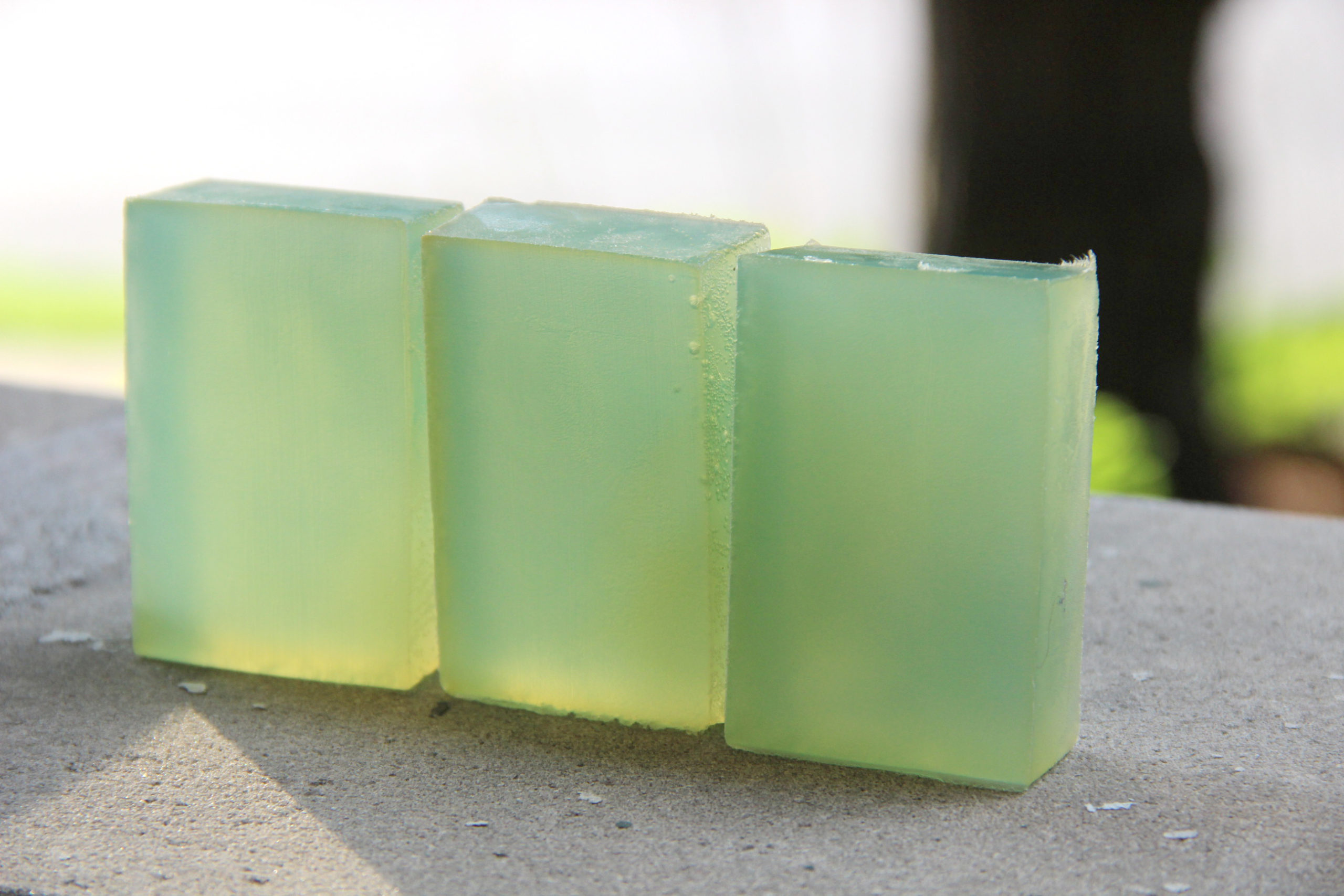
How to Make Clear Transparent Soap From Scratch – Making Transparent Soap Guide – Lovin Soap Studio
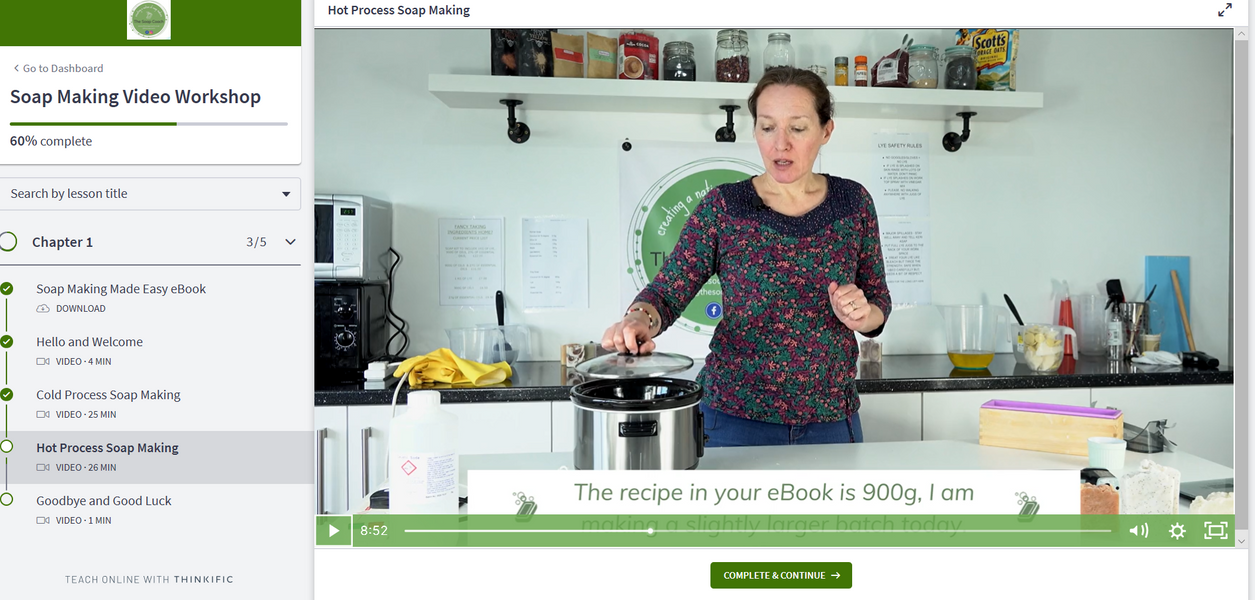
Online soap making video workshop - cold & hot process methods included

Recycling waste cooking oil into soap: Knowledge transfer through community service learning - ScienceDirect
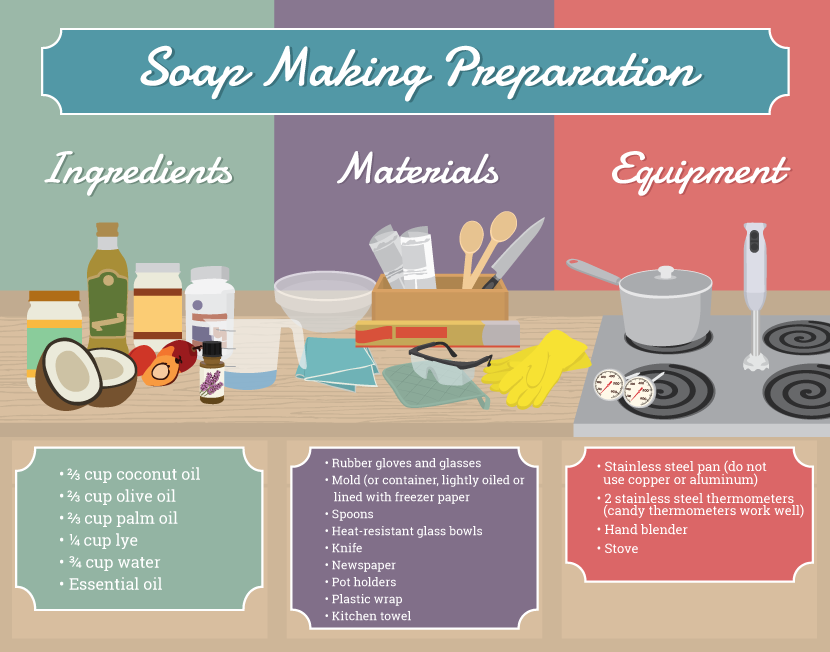
Soap Making Basics

3 Soap Making Methods — The Essential Oil Company

5 Soap Making Methods For Beginners by aromachology - Issuu
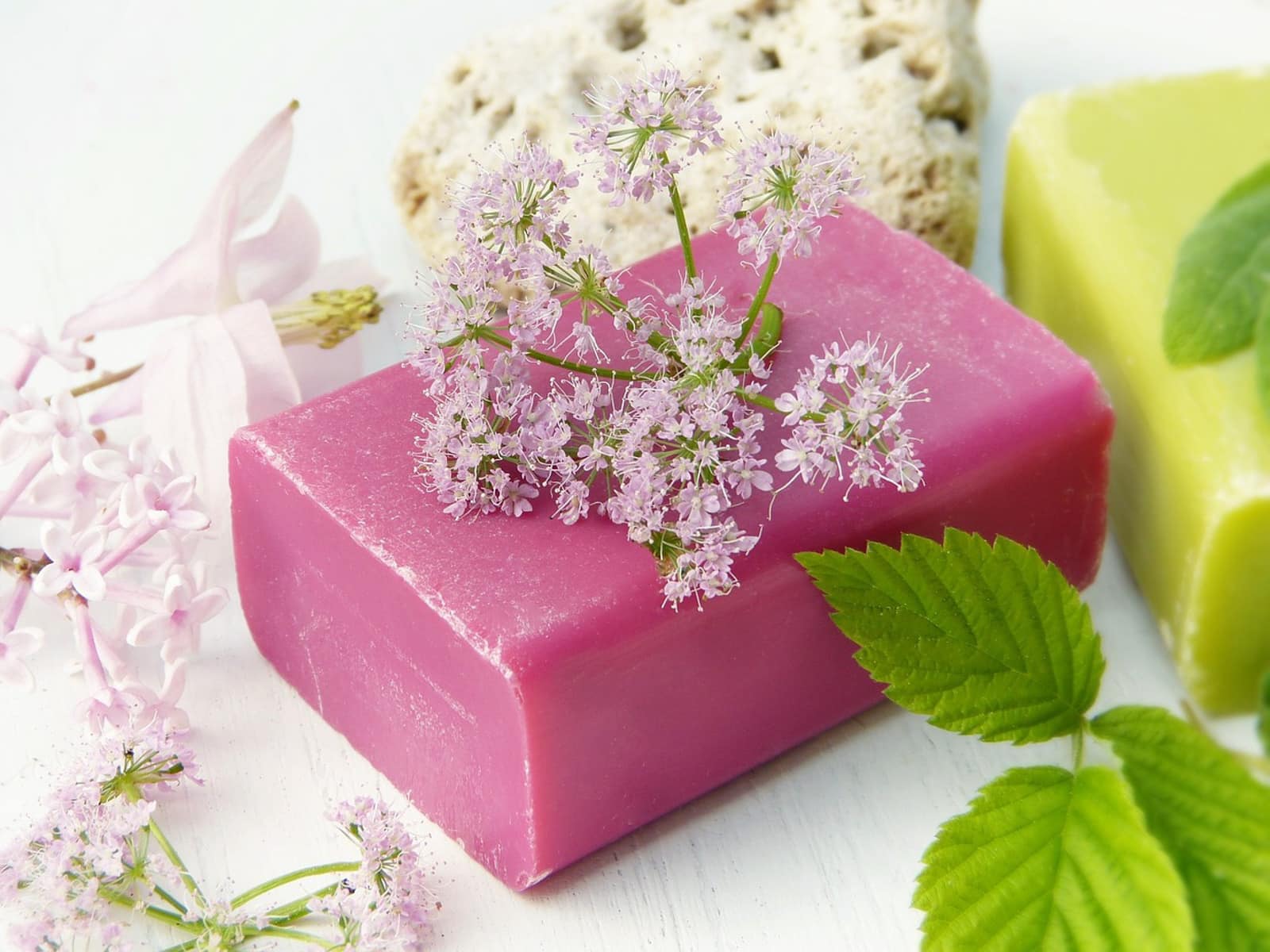
7 Proven Ways to Make Homemade Soap Harder with Recipe
:max_bytes(150000):strip_icc()/GettyImages-702542841-5a59476eaad52b003762d42c.jpg)


